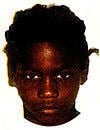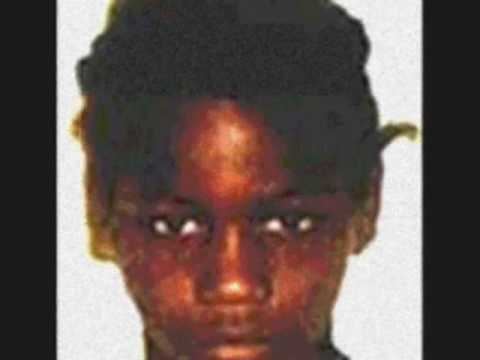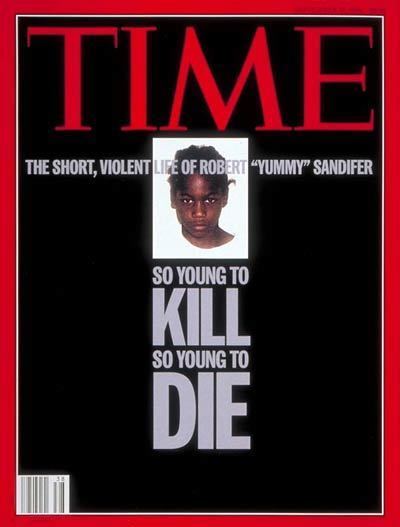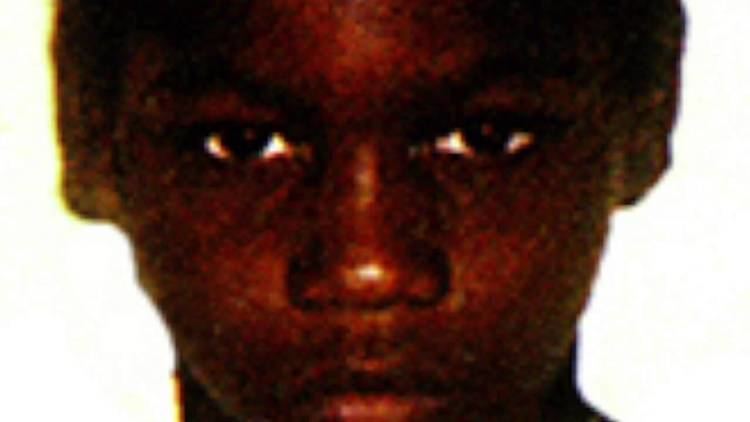Criminal penalty Probation Criminal status Deceased | Name Robert Sandifer | |
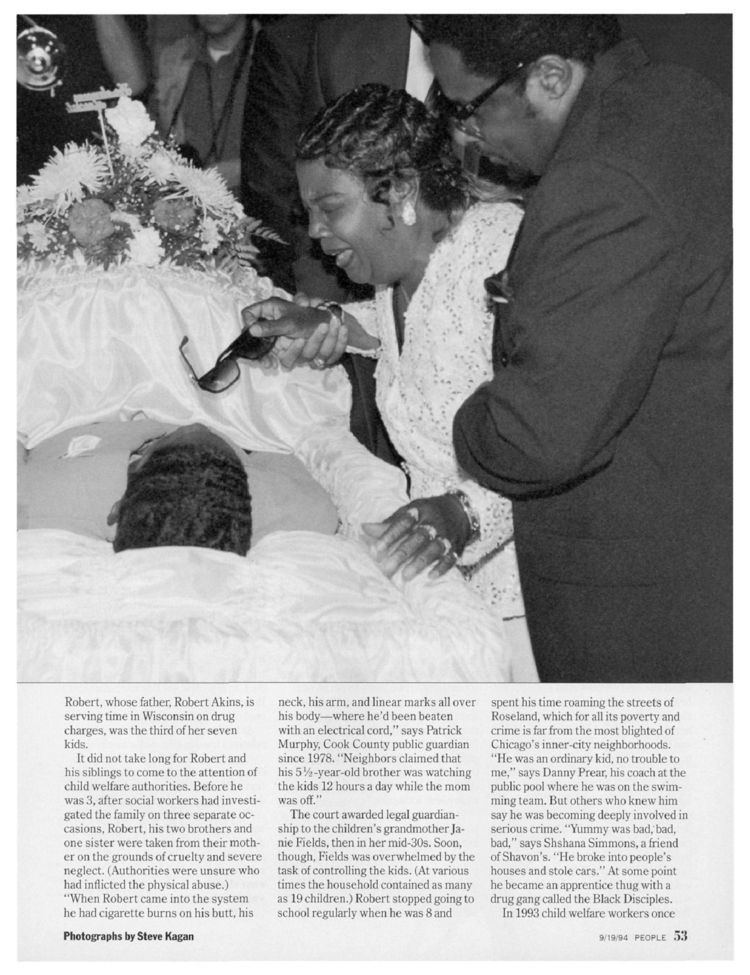 | ||
Parents Lorina Sandifer, Robert Akins Similar People David Barksdale, Dantrell Davis, Larry Hoover, Tim Hardaway | ||
Criminal charge Murder, Drug possession Died September 1, 1994 (aged 11) Chicago, Illinois, U.S. | ||
Robert sandifer murder
Robert "Yummy" Sandifer (March 12, 1983 — September 1, 1994) was an American street gang member from Chicago, Illinois. Sandifer's murder by fellow gang members in Chicago garnered national attention, resulting in him appearing on the cover of TIME magazine in September 1994. Nicknamed Yummy because of his love of cookies, standing 4 ft 6 in (137 cm) Sandifer was a young member of the street gang the Black Disciples (BD). After committing murder, arson and armed robbery, he was murdered by his own fellow gang members who feared he could become an informant, and that he was attracting too much attention towards their activities. Coverage of Sandifer's death and retrospectives on his short, violent life were widely published in the American media. Sandifer became a symbol of the gang problem in American inner cities, the failure of social safety nets, and the shortcomings of the juvenile justice system.
Contents
- Robert sandifer murder
- Robert sandifer shavon dean dedacation yng robb son of a god
- Early life
- Criminal behavior
- Death
- References

Robert sandifer shavon dean dedacation yng robb son of a god
Early life
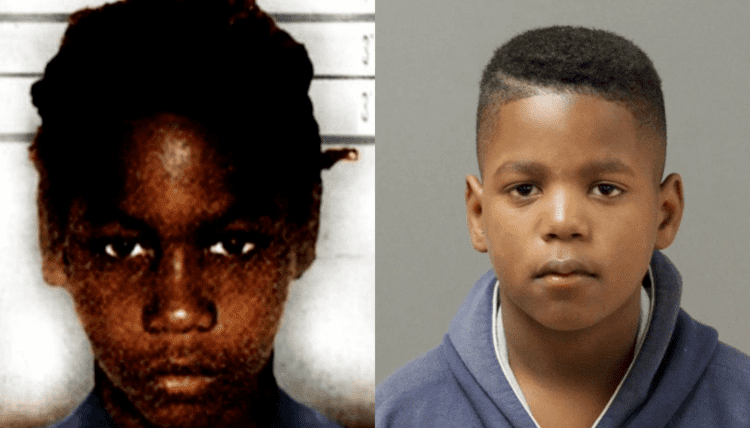
Robert Sandifer was born on March 12, 1983. Sandifer's mother, Lorina Sandifer, had over 100 arrests while prostituting, many of which were drug related. Sandifer's father, Robert Akins, was absent for all of Sandifer's life due to incarceration for a felony gun charge. Sandifer was in danger, according to child welfare authorities, severely mistreated and neglected. Before he was 3, Sandifer was already known to Department of Children and Family Services (DCFS). Physical examinations showed that Sandifer was alleged to have had cigarette burns on his arms and neck as well as linear bruising consistent with physical beatings. Lorina initially blamed the abuse on Sandifer's father until officials learned he was not involved in Robert's life. In 1986, Sandifer and his siblings were removed from his mother's home by DCFS and were sent to live with their grandmother. His grandmother's residence contained as many as 19 children on some occasions. By most accounts, his grandmother's home was not much better than Sandifer's previous home. Sandifer, by the age of 8, quit attending school and began to roam the streets stealing cars and breaking into houses. In 1993, Sandifer and his siblings were removed from his grandmother's home and were sent to the Lawrence Hall DCFS shelter on Chicago's north side, from which Sandifer ran away and never returned. From 1993 until his death, Sandifer's whereabouts and living arrangements remain unclear, although he continued to be arrested by the authorities.
Criminal behavior

Sandifer was known for bullying and stealing money from children and the community in the Chicago neighborhood of Roseland. He liked luxury cars, and remarkably, was able to drive them despite his small size. Many of his 23 felonies and 5 misdemeanors were committed in the course of running errands for street gangs. The penal system had no way to keep him out of trouble and the courts were helpless to lock him away because he was too young for juvenile detention and too dangerous to be placed with children his age. He never got in serious trouble for his crimes due to his age.
Death
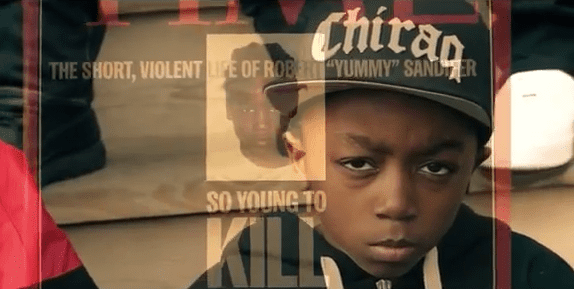
On August 28, 1994, Sandifer was ordered to carry out a hit for his gang. He opened fire several times with a 9 millimeter semiautomatic pistol, striking several youths. Sandifer quickly fled the scene. Among the victims was Shavon Dean, age 14, who later died from her gunshot wounds. The crime spree made national headlines. The nation was shocked by the brutality of the crime and the fact that the alleged perpetrator was 11 years old. The Chicago Police began a manhunt for Sandifer. According to Sgt. Ronald Palmer, of the Chicago Police, Sandifer's actions were a gang initiation gone wrong. On August 31, while still in hiding, Sandifer was met by brothers Cragg and Derrick Hardaway, ages 16 and 14, members of the Black Disciples street gang. Sandifer was told he was being taken some place safe and ordered into a waiting car. Instead, he was taken to a viaduct underpass and told to get on his knees. While on his knees, he was shot twice in the back of the head by the Hardaway brothers. Sandifer's body was discovered by the Chicago Police Department in the early morning of September 1. Both Hardaways were later convicted of Sandifer's murder. Sandifer's funeral was held at the Youth Center Church of God in Christ on Chicago's Northwest Side.
